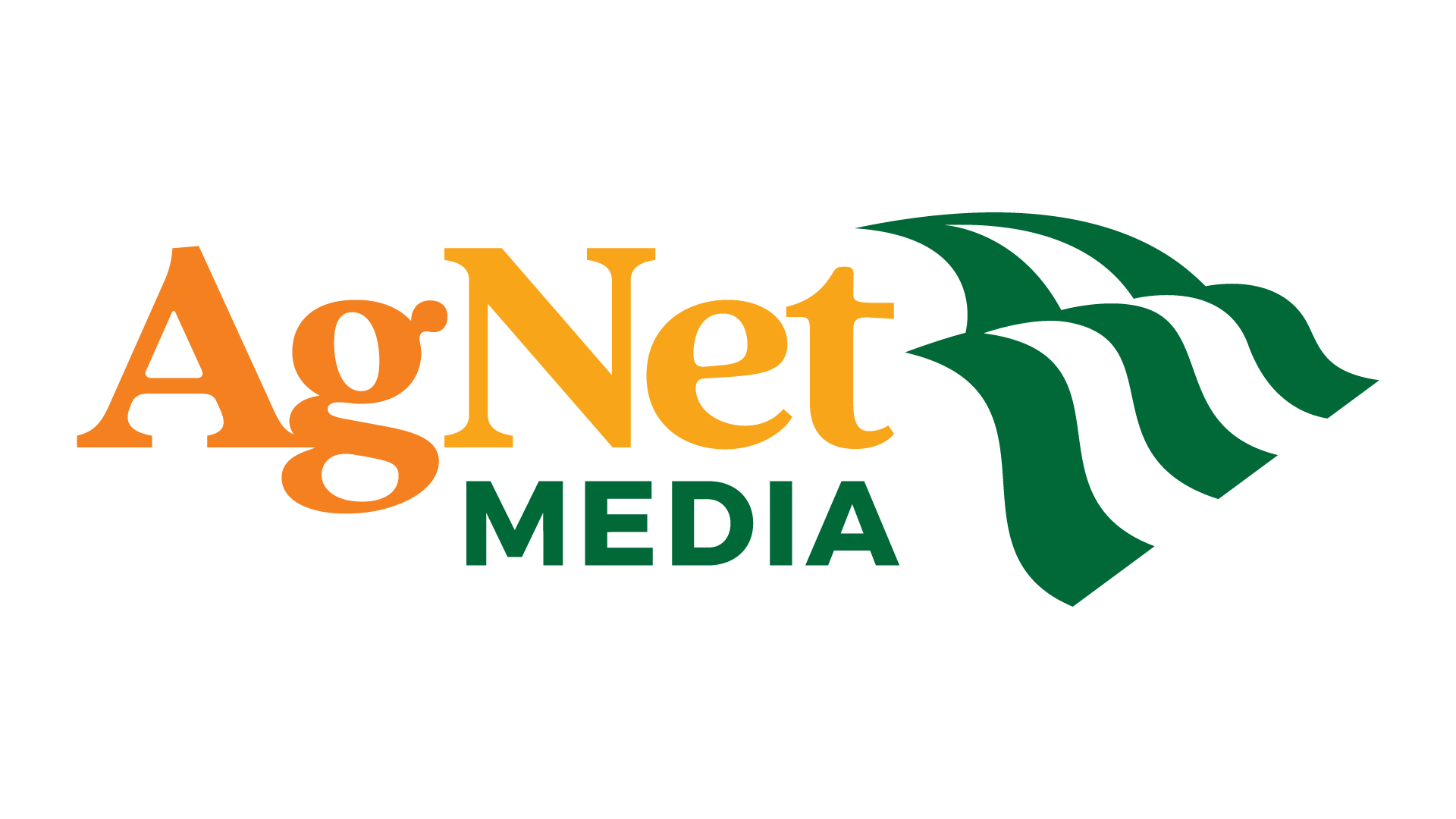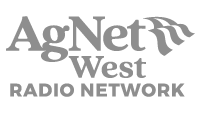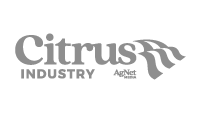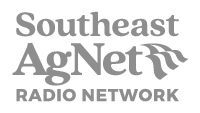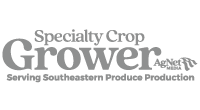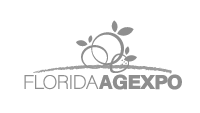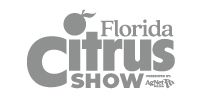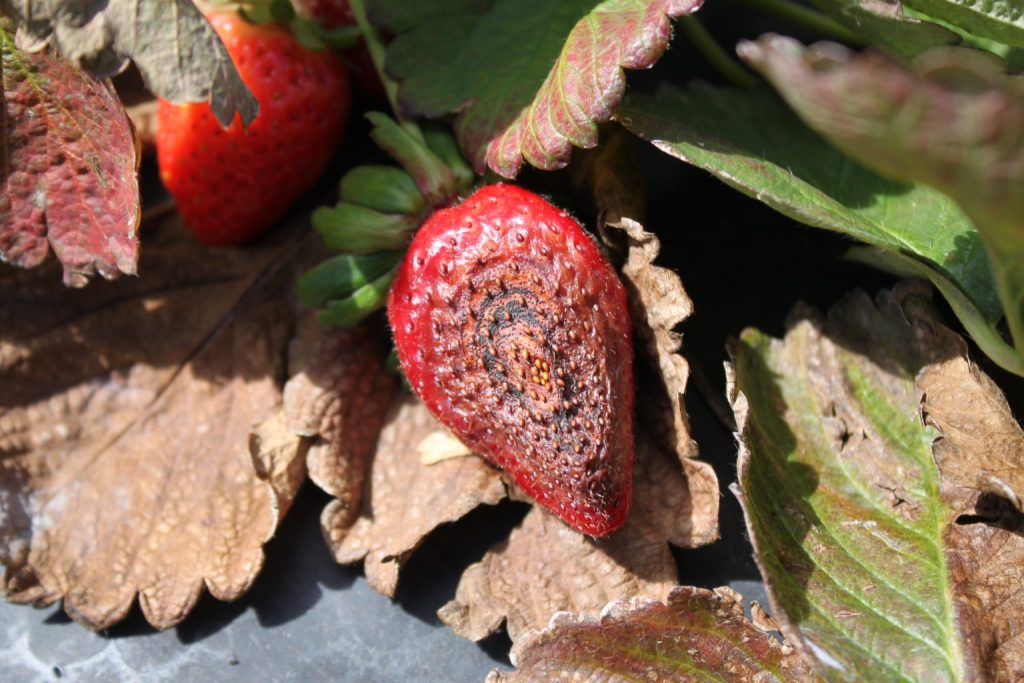
By Clint Thompson
The impact of Neopestalotiopsis (Neo) in Jeremy Calvert’s strawberry production this year is leading the Alabama grower to consider other nursery sources next year.
“We’re definitely looking at California nurseries. I truly hate it for those nurseries in Canada, because they’re family operations just like we are,” Calvert said. “I spent a couple of days in Plant City, Florida, with the executive director of the Florida Strawberry Growers Association. He was gracious enough to take me around to farms. The reason I did that was that’s where Neo began. They’ve dealt with it for several years now. I’m trying to figure out how we get out of this hole. When you talk to a grower down there, the first thing they’ll tell you is, whatever you do, get clean plants. If you can do that you can survive.”
The disease dates back to Southeast strawberry fields in 2018. The concern this year, though, stemmed from its presence in plug plants at nursery sources in Canada. It prompted Phil Brannen, University of Georgia (UGA) Cooperative Extension fruit disease specialist, to issue an alert on the UGA Extension Strawberry Blog.
Like other producers across the Southeast, Calvert was impacted by Neo when he received transplants prior to the season. It reinforces the necessity of acquiring clean plants, which is what Calvert will focus on before next season.
“Right now, the best option in my opinion is plants out of California or we’re potentially looking at some out of Idaho. It’s almost basically the same climate, the same area where the disease just cannot thrive,” Calvert said. “I don’t wish those nurseries bad luck at all. They’re family operations just like we are. But at the end of the day, it’s a business decision.”
